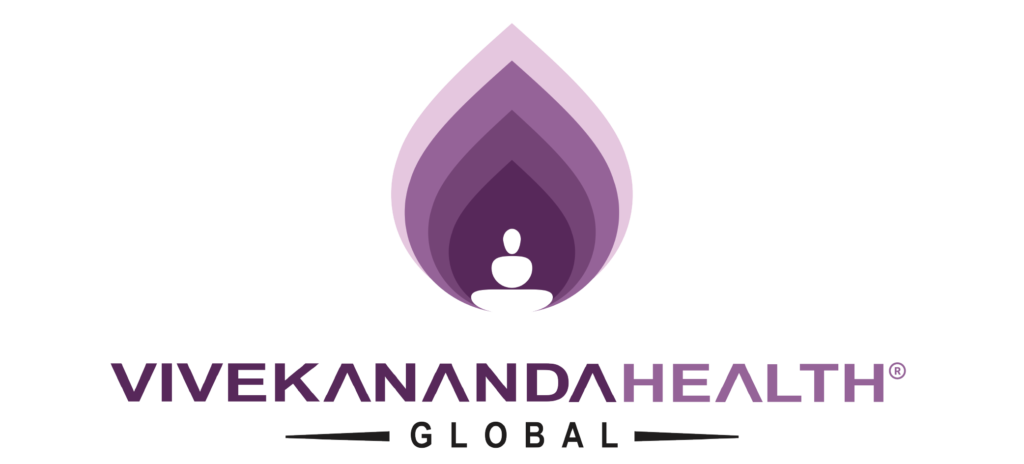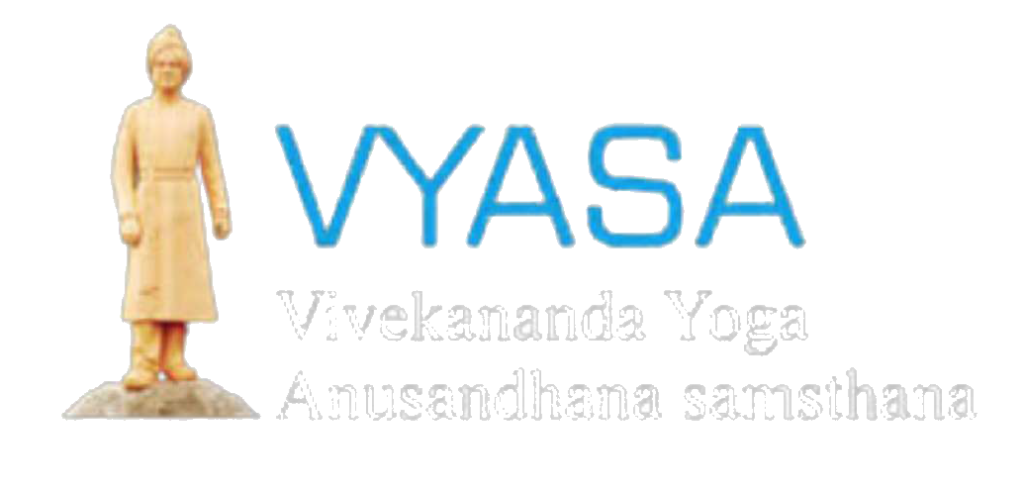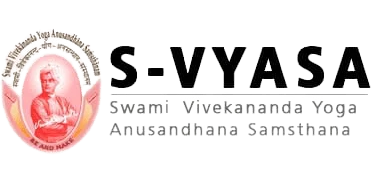Acupuncture for headache Acupuncture is widely used especially in the management of pain and in the prevention of further occurrence of pain. Acupuncture is a traditional system of medicine in which thin needles are inserted in specific acupuncture points.When a needle is punctured to a specific point for pain, there...
Articles
Meditation for good health
Free Meditation Sessions for good health, to start this New Year - Register below!Jan 2nd (Sunday) - 7 PM to 8 PM- Yogashree N V Raghuram Ji, Founder of Yoga Bharati and Spiritual leader.Jan 7th (Friday)- 7 PM to 8 PM- Dr.Manjunath NK, Director of Research & Pro Vice Chancellor, SVYASA...
The Autumn of the Indian Calendar,
”HEMANTHA RUTHU” The autumn of the Indian calendar!! This is the last season of Dakshinayana or the Southern Solstice known as Visargakala wherein the earth is cooled down by previous seasons of monsoon and early autumn-Varsha and Sharad. This is a pleasant turn with optimum heat and blooming flora before entering into harsh...
Meditation to Manage Stress
Meditation to Manage Stress We all know the benefits of meditation out of which common is stress. Let’s understand more about stress.Stress is body’s response to pressure in different situation and life events. When we undergo stress our body produces stress hormones which triggers fight or flight response and our...
Headache
HeadacheHeadache is a painful sensation in any part of the head, ranging from sharp to dull, that may occur with other symptoms. Globally, it has been estimated that prevalence among adults of current headache disorder is about 50%. Half to three quarters of adults aged 18–65 years in the world...
Hypothyroidism
HypothyroidismThe incidence of thyroid disorder is high in India, affecting one in ten adults. Lack of thyroid hormone or resistance of the body tissue to thyroid hormone with respect to metabolic demand results in disorder called hypothyroidism. The major function of the thyroid gland is to act as a spark...
10 ways to boost your immunity
10 ways to boost your immunityIt is easy to get infections and flus, when your body is filled with toxins, it affects the efficacy of your immune system. According to the changes in seasons, the body become susceptible to common cold, cough, fever and viral infections. Ayurveda says, if your...
Understanding Diabetes and its treatments
Never Give Up On Your Determination to Fight and Win Against DiabetesWhat is Diabetes Mellitus and How it Occurs?Diabetes mellitus commonly known as diabetes is a group of metabolic disorders characterized by a high blood sugar level over a prolonged period of time. It is due to either the pancreas...
Hypertension
Hypertension When can you say you are hypertensive? Hypertension is defined as having a blood pressure higher than 140 and over 90 mmHg. Which means your systolic blood pressure reading is over 140 mmHg and the diastolic reading is over 90 mmHg. High blood pressure can be easily detected and...
Insomnia
InsomniaDefinitionInsomnia is the most common sleep disorder affecting millions of people as either a primary or comorbid condition. The word "insomnia' originates from the Latin "in" (no) and "somnus" (sleep).Insomnia is defined as a complaint of difficulty falling or staying asleep which is associated with significant distress or impairment in...



